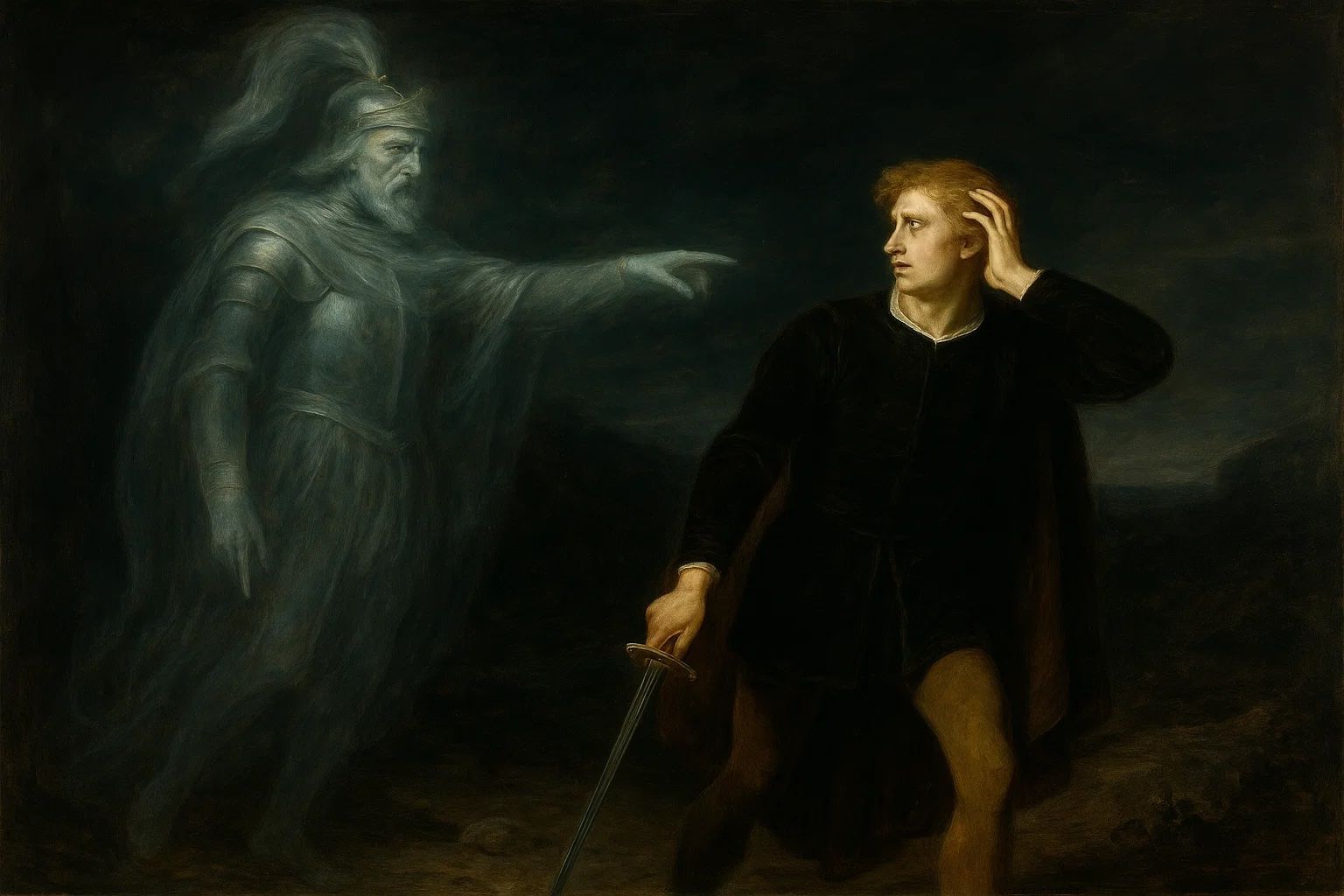Hamlet 2025 Fun Facts

1. It's Shakespeare's Longest Play
Hamlet contains over 4,000 lines and approximately 30,000 words, making it the longest of all Shakespeare's plays.
2. The Original Title Was Much Longer
The full original title was:
"The Tragedy of Hamlet, Prince of Denmark."
Catchy, right?
3. "To be, or not to be" Almost Wasn't
The famous soliloquy “To be, or not to be” appears in the First Folio (1623) but is in a completely different place in the earlier 1603 “Bad Quarto”—and with much different wording.
4. Hamlet Is the Most Performed Shakespeare Play
It has been performed more often and in more countries than any other Shakespearean work.
5. Hamlet Was Inspired by an Older Story
The plot is based on the legend of Amleth, a Danish tale recorded by Saxo Grammaticus in the 12th century—centuries before Shakespeare adapted it.
6. Hamlet Speaks More Lines Than Any Other Shakespeare Character
He has around 1,500 lines, which is nearly 40% of the entire play!
7. Shakespeare May Have Played the Ghost
It's widely believed that Shakespeare himself played the role of the Ghost of Hamlet’s father in early performances.
8. The Play Has Influenced Countless Works
From The Lion King to David Tennant’s Doctor Who, Hamlet has inspired movies, TV, books, operas, and more.
9. It Was a Hit in Space
In 2010, astronauts aboard the International Space Station celebrated Shakespeare’s birthday with a live reading of Hamlet.
10. Hamlet Has Been Performed Backwards
The experimental group Forced Entertainment once performed Hamlet in reverse—starting with the final scene and ending with the opening.
11. It Features a Play Within a Play
The Murder of Gonzago (aka “The Mousetrap”) is a clever meta-theatrical device that Hamlet uses to “catch the conscience of the king.”
12. Hamlet’s Age Is a Mystery
Early texts imply Hamlet is in his 20s, but later in the play the Gravedigger scene suggests he may be 30. Scholars still debate it!
13. A Skull Became a Star
The skull used in many Hamlet productions has become iconic—famously, real human skulls have been used in some performances, including one owned by pianist André Tchaikowsky, who donated his skull to the Royal Shakespeare Company for that purpose!
